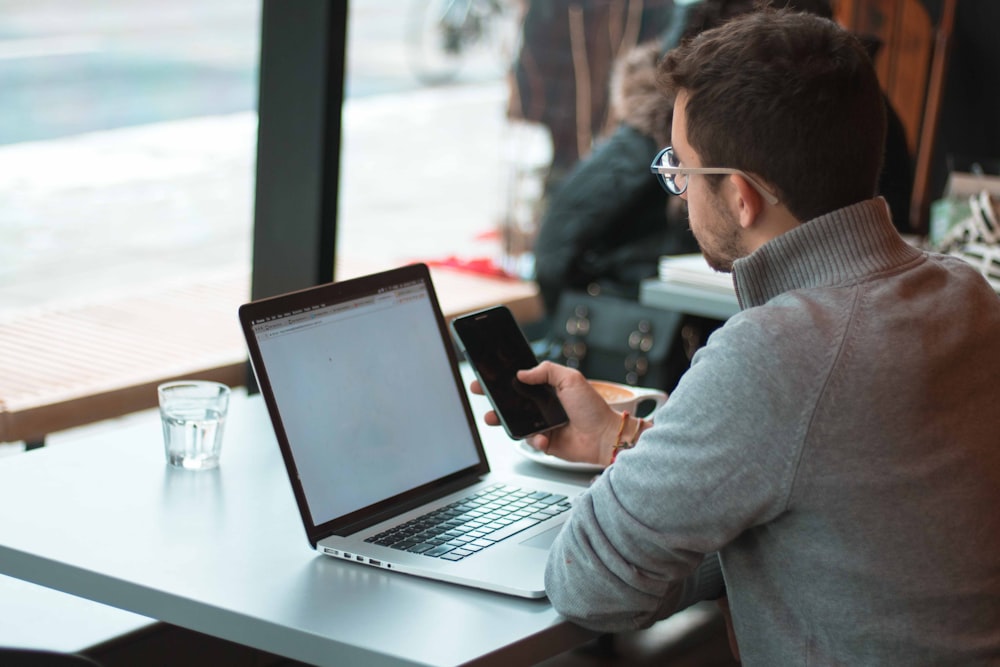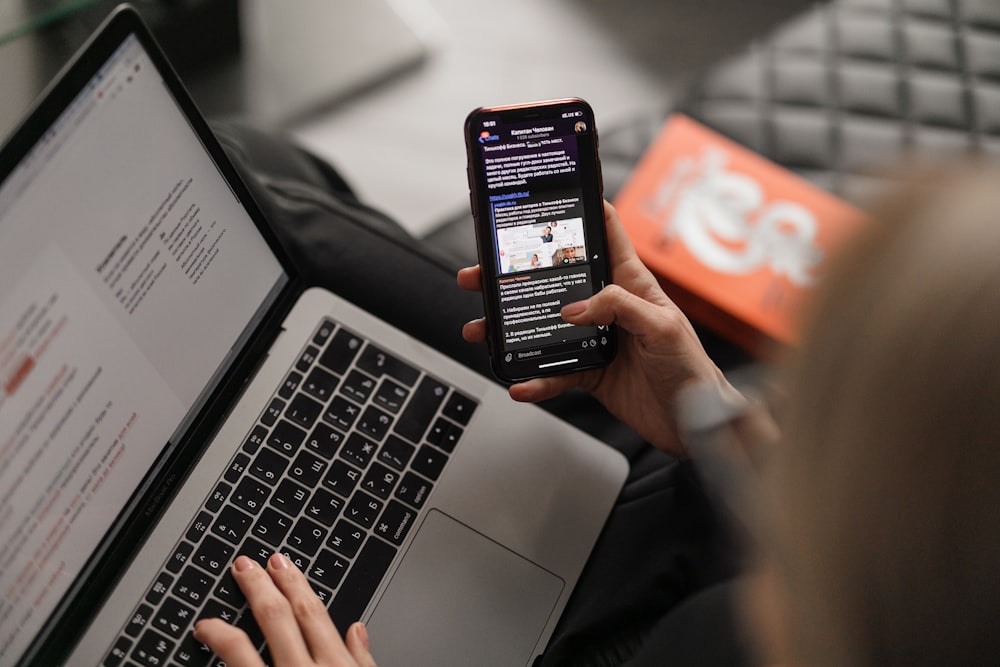People outside the art field often say that talent, hard work, and art style are what make a great artist.
Though I think all three are important, there is one thing many people (and even artists) forget about. An important part of mastering any craft.
Staying focused.
The way we structure our lives has gone against focus. How many times today have you checked your phone while drawing, not to mention all the other available distractions?

The good news is that focus can be developed. Here are some techniques I’ve developed over the past 9 months that helped me stay focused while drawing every day.
Become Time Conscious Until You Aren’t
The idea of being able to focus on your art for hours on end is sexy. And misleading.
A friend of mine was trying to build his concentration and was disappointed when he was only able to stay focused for an hour. I was surprised; that was definitely an improvement!
Don’t confuse focus with spending more time on something. Your goal should be to use your time purposefully. An hour spent purely drawing is more productive than three hours spent switching between social media, art, and games.
Use time-tracking apps like Harvest or Toggl. It’ll force you to become purposeful with how you use your time. Hard to alt-tab into YouTube when you see that clock ticking.
The more you do this, the more natural staying focused will be, until you can slip into that state of focus at will.
Action Point
Install a time-tracking app and compare your focus with it, versus without. You’ll probably find that it helps you stay on track.
Go for longer and longer stretches of focus time, until it becomes a habit.
Take Lots of Planned Breaks
Research shows that breaks and brief diversions renew our attention. Staying focused on the same thing for too long can actually reduce productivity.
So it turns out, distraction isn’t bad. When you plan it.
I discovered the power of planned breaks halfway into lockdown. I become restless after working on something for more than two hours, so I added breaks into my schedule.
| Work (Draw/Write) | 10 AM – 12 PM |
| Lunch | 12 PM – 1 PM |
| Work | 1 PM – 3 PM |
| Coffee Break | 3 PM – 4 PM |
| Work | 4 PM – 5:30 PM |
| Exercise & Dinner | 6 PM – 8 PM |
| Icecream & YouTube | 9PM |
These breaks renew my focus and give me a rest from Wi-fi and the pull of distractions. It’s no coincidence many of our best ideas come when we’re talking a walk or showering.
It’s important that you separate your breaks from your work. For example, I only watch YouTube on my phone while in bed, so I associate my laptop and desk with work.
Though this does mean I associate bedtime with YouTube… I should work on that.
Action Point
Are you taking planned breaks, or are you at the mercy of distractions? In your daily schedule, see how you can fit in breaks that leave you feeling refreshed and ready to work afterward.
I recommend a mix of relaxation and exercise. Going for a walk or a jog is one of the best ways to come up with ideas, inspire creativity, and refresh your mind.
Schedule Your Social Media Time
Your social media platforms are incredibly important for building an audience and finding client work. However, it’s too easy to get caught up in the race for more followers and notifications.
Lately, I found that whenever I check my Twitter notifications for the first time in a day, I would always check again a few minutes later.
There’s this itch to know whether I had gotten more likes, more retweets. What if someone had messaged and I wasn’t there to reply?
I ultimately decided to postpone my social media time until late at night (around 9 PM). That way, I could concentrate on drawing and creating without feeling that nagging pressure.
It’s the same with messaging apps and notifications. Did you know hearing or seeing a notification is just as distracting as responding to it?
If you haven’t already, turn off notifications. Keeping them on is like giving your time and attention away for free. How do you expect to get any work done?
Action Point
This one was not easy. Looking at my Twitter notifications was a highlight of my day, and so was chatting with friends. However, I was unable to concentrate on my art switching between tabs and replying to pings.
At that point, it’s time to say no. Pick a time for checking social media (best late night, or when you’ve gotten work done for the day), and turn off your notifications. Out of sight, out of mind.
If your planned break ends and you’re still chatting with friends, tell them you need to get back to work. This gives you a sense of closure, so you’ll be able to focus on drawing.
Create a Pre-drawing Routine
Most of the tips have been about avoiding distractions while drawing. However, there are plenty of distractions that stop you from even starting.
Liminal moments, when we transition from one thing to another, are distraction traps. You’re looking for a song to play before drawing, but get distracted by recommendations. You pick your phone up to turn it to silent but decide to reply (and get sucked into) a group chat.
Before drawing, I like having music on. Problem is, I go to YouTube, and I often end up scrolling for 3-5 minutes just looking for something. I realized how much time I was wasting, so I decided on a few go-to music streams.

Setting a routine before you start drawing eases you into a creative headspace, and removes the temptation of distraction before you even start.
Action Point
What’s your pre-drawing routine? What are the liminal moments where you’re likely to get distracted?
Next time you start to draw, take note of these moments and what you do. If you aren’t actively guarding against distraction, you’re likely to default to it (e.g., checking your phone during a red light or while in a line).
Conclusion
Staying focus in today’s age of hyper-distraction isn’t easy. But building your focus is like becoming an artist: achieved with small steps done daily.
By being purposeful with your time, knowing when to say no to social media and notifications, and planning your breaks, you’ll be able to stay focused and achieve your goals.
By being purposeful with your time, knowing when to say no to social media and notifications, and planning your breaks, you’ll be able to stay focused and achieve your goals Click To TweetHow are you becoming an Indistractable Artist? Do you have any tips or techniques you use to stay focused others could benefit from? Share them in the comments, or shoot me a tweet on Twitter!

